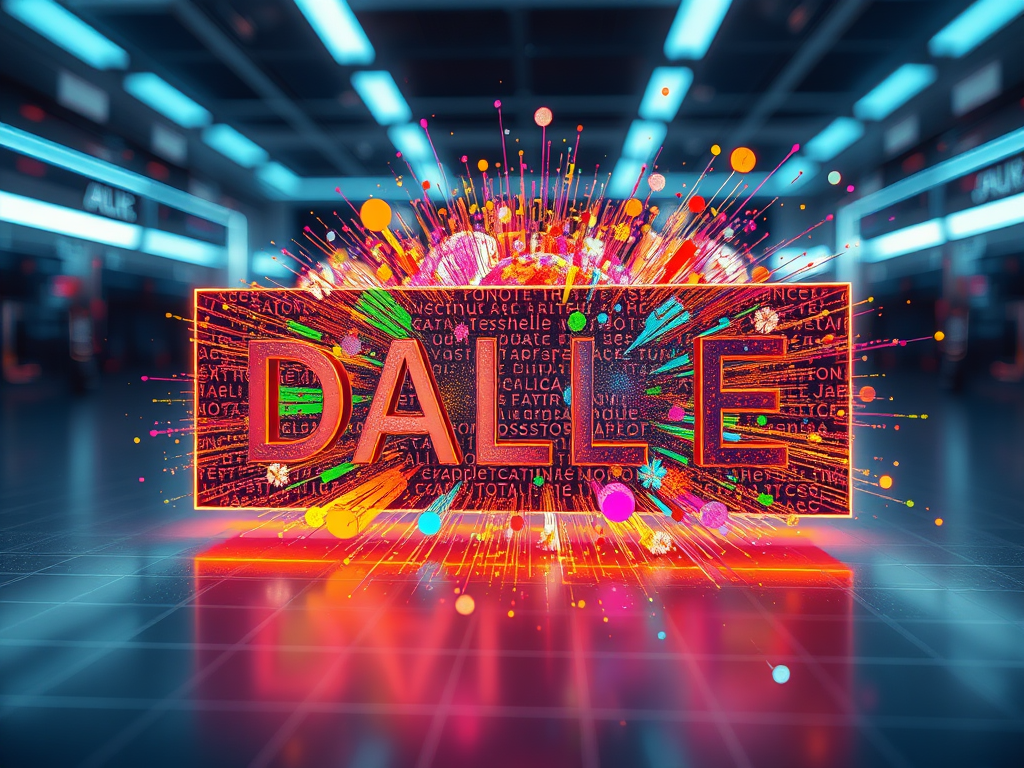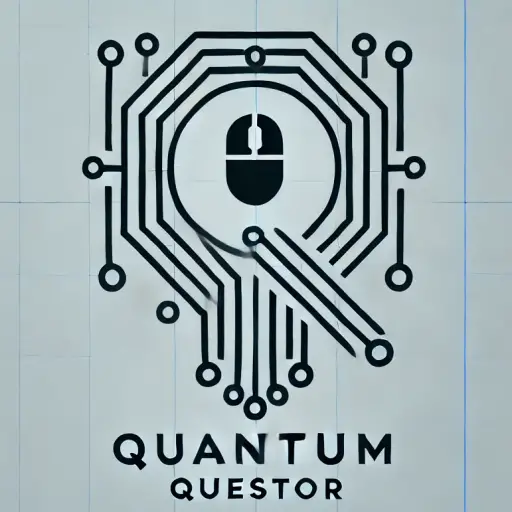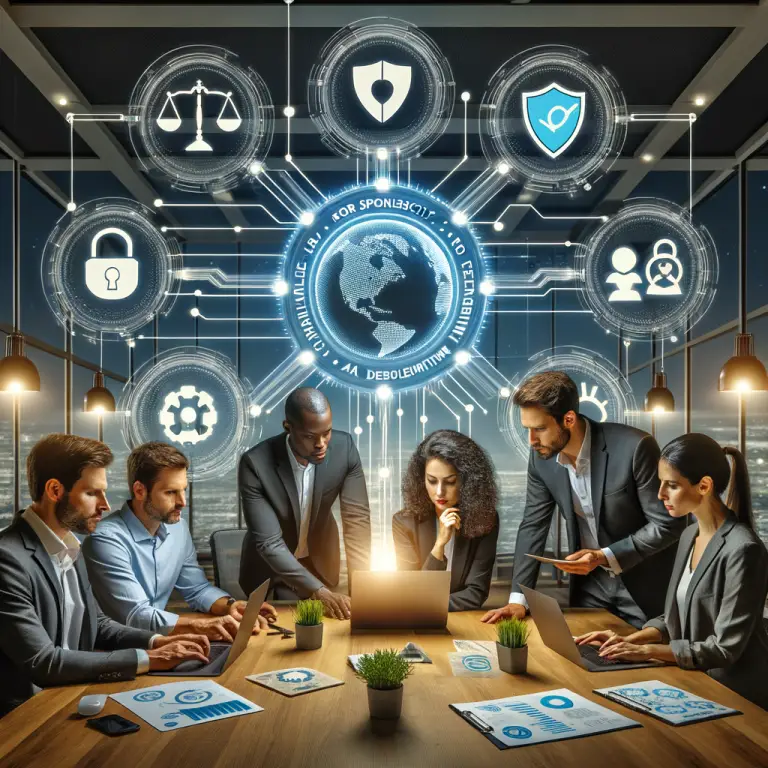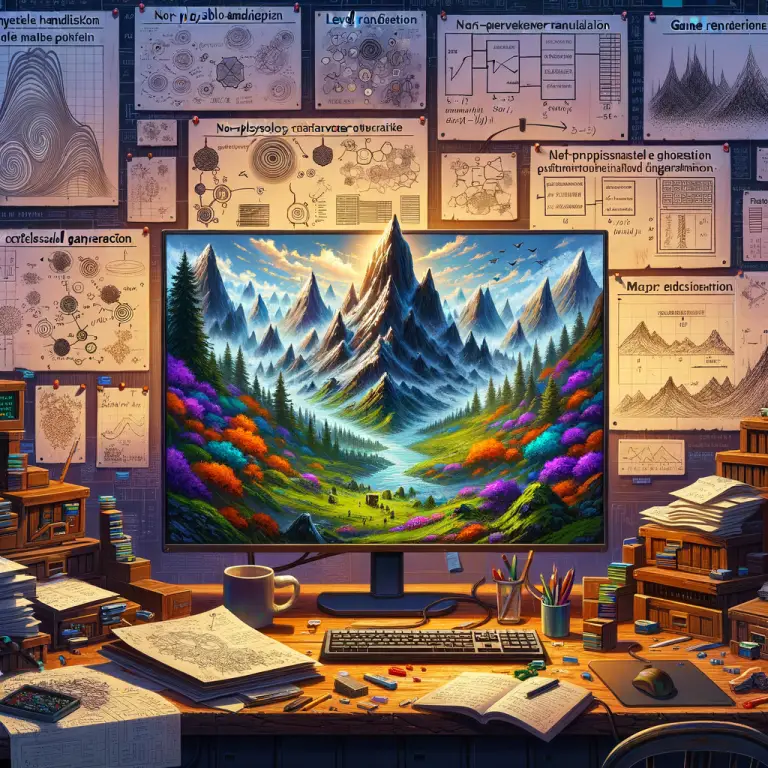
What is DALL-E 2 AI?
DALL-E 2 AI is an advanced artificial intelligence model developed by OpenAI, designed to generate images from textual descriptions. Building upon the success of its predecessor, DALL-E, this new iteration offers enhanced capabilities and improved image quality. The name itself is a playful combination of the famous surrealist artist Salvador Dalí and Pixar’s beloved robot character, WALL-E, reflecting its innovative approach to creative expression.
The core technology behind DALL-E 2 is a type of deep learning model known as a transformer. This model has been trained on diverse datasets containing millions of images paired with descriptive text. As a result, it can understand complex prompts and generate highly detailed and imaginative images that align with the given instructions.
Key Features of DALL-E 2
DALL-E 2 boasts several features that set it apart from other image-generating AIs. Firstly, its ability to create images from scratch based on complex textual prompts allows for an unprecedented level of creative freedom. Users can input virtually any description, and DALL-E 2 will interpret it to produce unique visual content.
Another significant feature is its capacity for stylistic diversity. Whether you desire a photorealistic image, a painting in the style of Van Gogh, or a cartoonish drawing, DALL-E 2 can adapt its output to match various artistic styles. This versatility makes it an invaluable tool for artists, designers, and creatives seeking inspiration or unique visual assets.
How DALL-E 2 is Transforming Digital Art
The impact of DALL-E 2 on digital art cannot be overstated. By democratizing access to high-quality artistic tools, it empowers individuals without formal art training to express their creativity in new ways. This accessibility is fostering a more inclusive creative community where anyone can experiment with digital art.
Furthermore, DALL-E 2 facilitates rapid prototyping and idea generation for professional artists. Instead of spending hours or even days sketching concepts by hand, artists can use DALL-E 2 to quickly visualize ideas and iterate on them. This acceleration in the creative process allows artists to focus more on refining their concepts rather than getting bogged down in initial ideation phases.
Applications in Various Industries
Beyond traditional art creation, DALL-E 2 finds applications across multiple industries. In marketing and advertising, it aids in generating compelling visuals for campaigns tailored to specific themes or messages. Its ability to produce custom imagery on demand is particularly valuable for brands seeking to maintain a unique visual identity.
The entertainment industry also benefits from DALL-E 2’s capabilities. Video game developers can use it to design intricate game environments or characters quickly. Similarly, filmmakers might employ the AI to conceptualize scenes or create storyboards.
Challenges and Ethical Considerations
Despite its revolutionary potential, DALL-E 2 raises several ethical questions that need addressing. One major concern is the potential for misuse in creating deepfakes or misleading images that could spread misinformation. Developers and users alike must consider these implications carefully.
There are also questions about intellectual property rights concerning AI-generated content. As artists incorporate AI into their workflows, determining authorship and ownership becomes increasingly complex. Discussions around these issues are ongoing within legal and creative communities as they strive to establish clear guidelines.
The Future of AI-Driven Art
Looking ahead, the future of AI-driven art promises further advancements in creativity and technology integration. As models like DALL-E 2 continue to evolve, they will likely incorporate even more sophisticated features such as interactive elements or real-time generation capabilities.
Ultimately, tools like DALL-E 2 represent just one facet of the broader trend towards integrating artificial intelligence into everyday life. As society navigates these changes, it will be crucial to balance technological innovation with ethical stewardship to ensure beneficial outcomes for all stakeholders involved.



